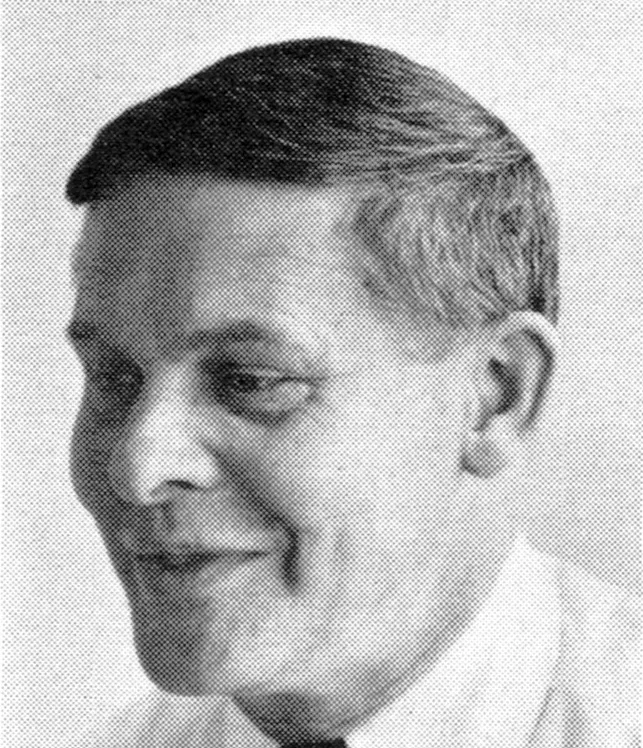

Information
Introduction:
This is the third issue of the INTERNATIONAL POSTER ANNUAL. The only book devoted exclusively to current poster art, it again assembles a striking collection of nearly 400 carefully selected posters-19 in full color-by 200 of the best-known artists and designers of the following 22 countries: Austria, Belgium, Czechoslovakia, Denmark, England, Finland, France, Germany, Holland, Hungary, Israel, Italy, Japan, Mexico, Norway, Peru, Poland, Portugal, Spain, Sweden, Switzerland, U.S.A.
Compiled, designed andedited by W.H. Allner, this 1951 issue of the INTERNATIONAL POSTER ANNUAL maintains the high standards of layout and production set by its predecessors. It is the most comprehensive survey of poster art throughout the world and constitutes a new, useful and stimulating reference book for artists, designers, art directors, advertising managers, art teachers, art students, printers, and everyone concerned with the visual projection of ideas.
Articles and commentaries by S. A. Grummitt, ROYAL SOCIETY FOR THE PREVENTION OF ACCIDENTS, London; Major C. W. Cousland, W. S. CRAWFORD, LTD., London; Irvin S. Taubkin, Promotion Manager, THE NEW YORK TIMES; George Krikorian, Art Director, Promotion Department, THE NEW YORK
TIMES; Paul Smith, Art Director, CALKINS & HOLDEN, CARLOCK, McCLINTON & SMITH, New York; Leo Lionni, Art Director, FORTUNE MAGAZINE, New York; Robert B. Thorpe, Promotion Manager, AMERICAN CANCER SOCIETY.
Text and captions in English, French and German.
Details
Linked Information
